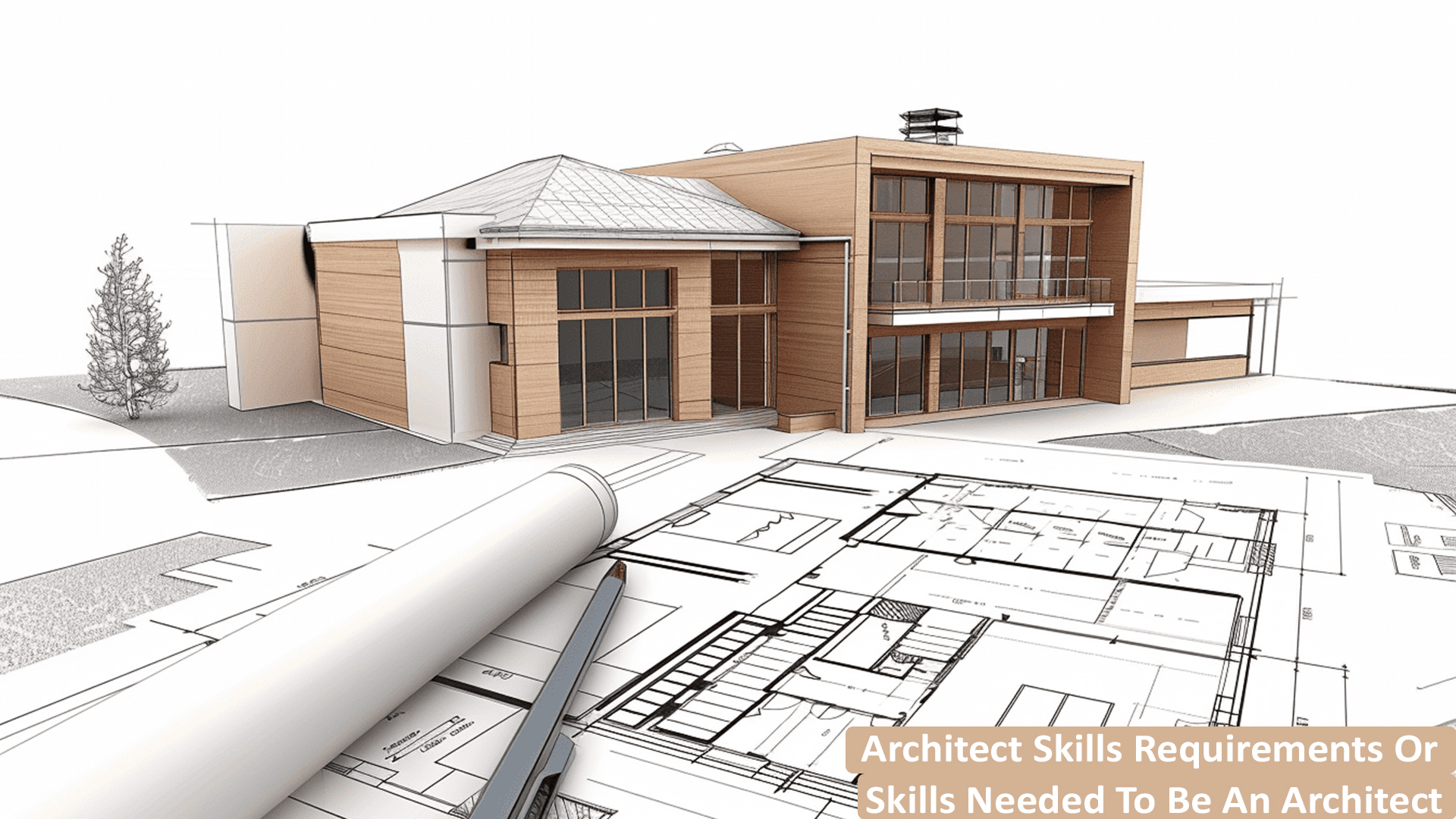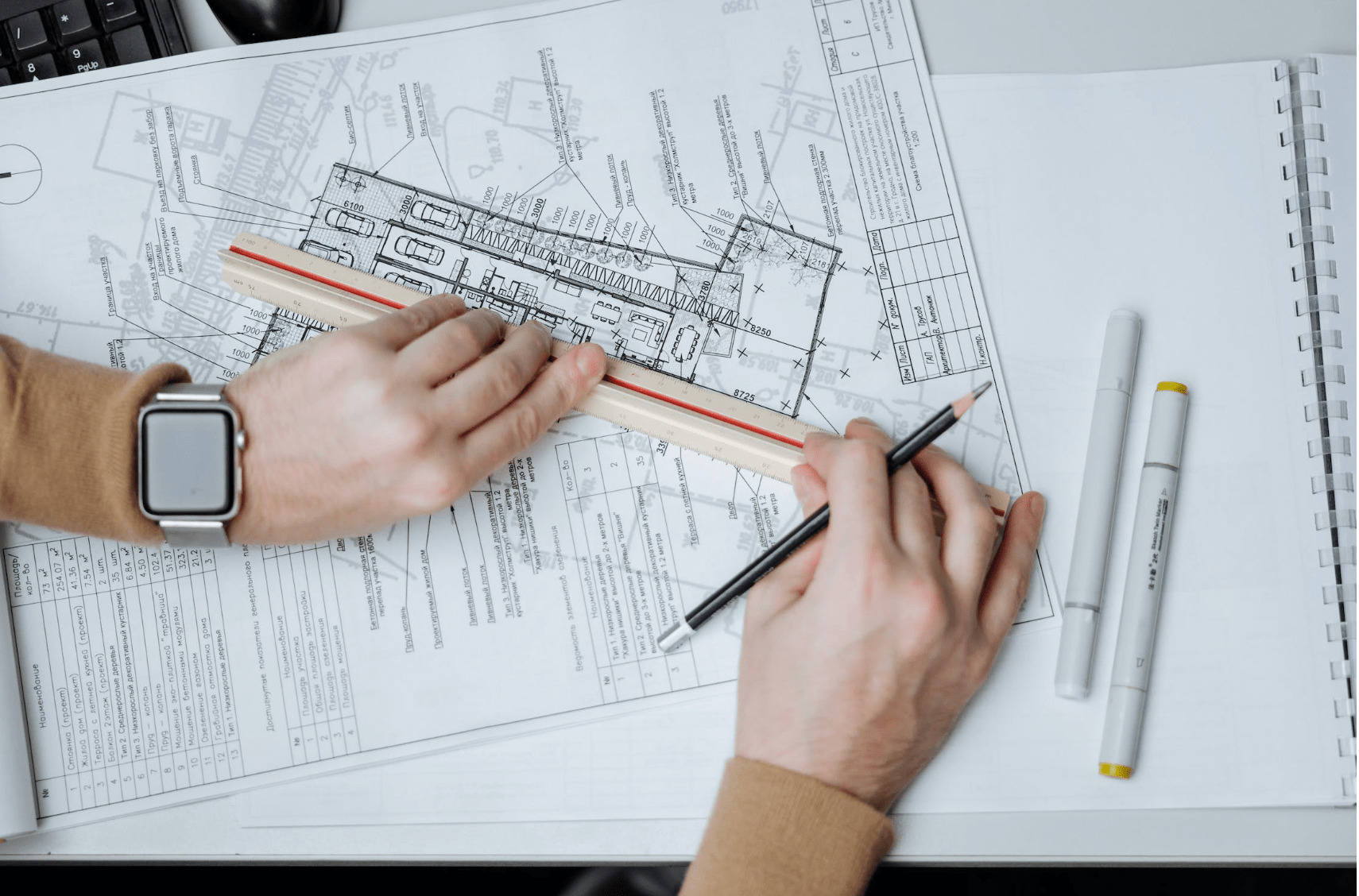Understanding the Diverse Profession Paths Available for Aspiring Architect
As an ambitious Architect, you have a world of career courses awaiting you. Each course offers one-of-a-kind difficulties and opportunities to use your creativity and technical expertise. Whether you're drawn to conventional style or the nuances of lasting style, there's a specific niche that aligns with your rate of interests. Recognizing these varied choices can form your specialist trip, but which instructions will you select to check out initially?
Typical Style: Designing Structures and Structures
Typical design concentrates on making buildings and frameworks that mix functionality with visual allure. As you explore this area, you'll value the complex balance in between form and purpose. You'll discover to draw ideas from historic styles, integrating components like symmetry, products, and workmanship. Your styles can show cultural heritage, showcasing regional customs while meeting modern-day demands.
You'll develop skills in drafting, model-making, and site analysis, enabling you to picture and connect your ideas successfully. Involving with clients, you'll require to recognize their vision and translate it into viable layouts.
Moreover, constructing codes and sustainability practices are important in your work, guaranteeing your structures are environmentally friendly and risk-free. As you expand in your career, you'll locate possibilities in residential, industrial, and even reconstruction projects, each offering special obstacles. Welcoming typical design leads the way for a fulfilling job that pays homage to the past while forming the future.
Urban Preparation: Shaping Communities and Public Spaces
As a hopeful Architect, you can play an essential role as a metropolitan coordinator, transforming how areas communicate and operate. By using community interaction approaches, you'll guarantee that citizens have a voice in shaping their setting. And also, incorporating lasting design concepts will aid produce spaces that not just meet today's requirements yet also shield the future.
Role of Urban Planners
While many might assume of engineers as the single dreamers behind structures, city coordinators play a crucial role in shaping the wider landscape of neighborhoods and public areas. By collaborating with numerous stakeholders, you'll help create parks, transportation systems, and household areas that advertise social interaction and availability. Your knowledge in spatial layout and community characteristics allows you to visualize future development while preserving cultural heritage.
Community Engagement Techniques
Effective area engagement approaches are important for urban coordinators to assure that the voices of residents are heard and valued in the planning procedure. To foster meaningful discussion, you must prioritize open online forums and workshops where area participants can share their concepts and concerns. By proactively including and listening feedback, you'll create rooms that show the community's demands, inevitably leading to even more successful and lasting metropolitan settings.
Sustainable Design Principles
When developing urban areas, incorporating sustainable layout principles is essential for developing settings that thrive both environmentally and socially. You ought to begin by concentrating on energy performance, utilizing products that decrease waste and advertise recycling. Consider integrating environment-friendly spaces, like gardens and parks, to improve biodiversity and enhance air top quality. Promoting walkability and public transportation can reduce dependence on autos, fostering a much healthier community.
Creating with water conservation in mind is additionally key-- assume regarding rain yards and absorptive surface areas to manage stormwater. Involving community participants during the preparation process guarantees that the areas you develop fulfill their requirements and urge social interaction. By embracing these principles, you'll contribute to lively, sustainable urban landscapes that benefit everybody.

Landscape Style: Developing Sustainable Outside Atmospheres
As you explore landscape style, you'll discover essential style principles that develop stunning and practical exterior spaces. Sustainable methods play a crucial function in guaranteeing these settings grow while lessening environmental influence. Plus, you'll discover a variety of profession opportunities that permit you to make a real difference in just how people connect with nature.
Style Concepts in Landscape
Understanding style concepts in landscape architecture is crucial for producing lasting outside atmospheres that integrate with nature. You'll need to contemplate aspects like balance, range, and proportion to guarantee your styles really feel cohesive and inviting. Integrating native plants not just enhances biodiversity however additionally decreases water usage, making your landscape resilient. Think of the circulation of space and just how individuals communicate with it; pathways and seating locations ought to welcome exploration and relaxation. In addition, focus on seasonal changes, making with materials that complement the environments year-round (Architect). By prioritizing sustainability and visual appeals, you can develop outside spaces that enhance the area and advertise well-being. Welcoming these principles will certainly set a strong foundation for your career in landscape style.
Sustainable Practices Overview
Lasting practices in landscape style not just concentrate on visual appeals but additionally focus on ecological health and wellness and source preservation. By integrating indigenous plants, you enhance biodiversity and decrease the demand for chemical plant foods and pesticides. Executing reliable watering systems helps conserve water and decreases drainage, safeguarding nearby ecosystems. You can create areas that advertise soil wellness, such as making use of organic products and exercising permaculture concepts. Additionally, including eco-friendly facilities, like rain yards and permeable pavements, aids in stormwater monitoring and minimizes urban warm. When you develop exterior atmospheres with sustainability in mind, you contribute to a much healthier world and provide areas that foster community link. Ultimately, these techniques assure your layouts profit both people and the atmosphere for many years to come.
Job Opportunities Exploration
With a solid foundation in sustainable practices, landscape design uses a selection of profession courses that allow you to make a meaningful influence on the setting. You could work as a landscape designer, developing aesthetically pleasing and functional outside spaces, or specialize in eco-friendly remediation, assisting to revitalize broken ecological communities. Urban coordinators typically work together with landscape architects to create environment-friendly spaces in urban settings, boosting city livability. If you're enthusiastic regarding education, consider becoming a landscape design educator, inspiring future generations. Additionally, you may collaborate with nonprofits focused on ecological sustainability or participate in research to innovate new practices. Each course not just shapes attractive environments however also promotes a healthier earth for future generations.
Lasting Style: Concentrating on Eco-Friendly Practices
As you explore your job in style, accepting environment-friendly practices can set you apart in an affordable field. Lasting style concentrates on producing structures that minimize ecological effect while boosting resident health. By incorporating sustainable products, energy-efficient systems, and sustainable structure techniques, you'll add to a greener future.
Beginning by gaining expertise of eco-friendly qualifications like LEED or BREEAM, which can bolster your credentials. Take into consideration how natural light, air flow, and thermal efficiency can enhance style. Team up with engineers and ecological specialists to introduce remedies that reduce waste and save sources.
Do not neglect the relevance of neighborhood participation-- interesting regional stakeholders can motivate layouts that harmonize with the environment. As clients progressively focus on sustainability, your experience in environmentally friendly methods will not just bring in projects but likewise satisfy your enthusiasm for accountable style. Welcome this essential aspect of the profession, and view your profession grow.
Historical Conservation: Securing and Bring Back Cultural Heritage
While you begin on your building trip, consider the crucial duty of historic preservation in maintaining our cultural heritage. This field concentrates on the protection and remediation of significant buildings, sites, and structures that tell the stories of our past. By participating in historic preservation, you'll help secure the architectural legacy that shapes community identification.
As a historical preservation Architect, you'll evaluate historical value and examine the condition of frameworks. You'll work closely with chroniclers and guardians to guarantee genuine remediation techniques are used. This profession course allows you to mix imagination with research, allowing you to design remedies that respect initial materials and workmanship.
Your work not only contributes to sustainability by reusing existing buildings but also fosters a sense of pride within communities. Welcoming this course will certainly assist you come to be a guardian of background, protecting the stories and looks that enhance our lives.
Inside Architecture: Enhancing Indoor Spaces
Historical conservation and interior architecture visite site both share a commitment to boosting the built atmosphere, yet they concentrate on different aspects. While historic conservation stresses preserving a structure's social and historic value, indoor design absolutely nos in on enhancing interior spaces for functionality and visual appeals.
As a hopeful Architect, you'll locate that interior design enables you to blend imagination with technical abilities. You'll create spaces that not only look great however also advertise comfort and performance. This field Look At This involves understanding just how light, shade, and materials connect within an area, affecting state of mind and use.
You'll work on numerous jobs, from residential homes to business offices, making certain that each environment meets the needs of its residents. By prioritizing customer experience, you can change insides right into inspiring and practical spaces, making a considerable effect on how people interact with their surroundings. Embrace the opportunity to enhance interior settings and shape the way individuals work and live.
Industrial Design: Combining Performance With Visual Appeals
Commercial layout plays a crucial duty in producing products that perfectly blend visual appeals with capability, ensuring that what you use everyday is not just visually enticing however also practical. As an aspiring Architect, you might involve yourself in this field, concentrating on making everything from furniture to consumer electronics. Your job involves comprehending user demands, products, and making procedures, enabling you to create cutting-edge services that boost day-to-day experiences.
In industrial style, you'll commonly team up with marketers, designers, and producers, making sure that your styles are not only lovely however additionally feasible. This career course supplies a vibrant atmosphere where creativity fulfills usefulness, making it a fulfilling option for designers interested in shaping the items of tomorrow.
Frequently Asked Questions
What Educational Qualifications Do I Required to End Up Being an Architect?
To come to be an engineer, you'll require a specialist degree in architecture, typically a Bachelor's or Master's. In addition, you'll have to finish an internship and pass the Architect Enrollment Examination to exercise lawfully.
Exist Accreditation Demands for Various Architectural Job Paths?
Yes, there're accreditation requirements for various building paths. Architect. You'll require to pass examinations, full internships, and often go after specialized training, relying on your selected emphasis, like landscape architecture, city design, or historic preservation
What Software Program Skills Are Essential for Designers Today?

Just How Can I Gain Practical Experience While Examining Architecture?
You can acquire useful experience by interning at building firms, joining style competitions, offering for neighborhood projects, or teaming up with classmates on real-world jobs. These chances boost your skills and develop valuable connections in the sector.
What Task Opportunities Exist Outdoors Typical Style Firms?
You can check out numerous job possibilities outside traditional design companies, like city planning, interior decoration, landscape design, building and construction administration, realty development, and even duties in sustainability consulting. Each offers special obstacles and go to these guys rewards.
Whether you're drawn to traditional style or the subtleties of sustainable style, there's a niche that aligns with your rate of interests.When designing city spaces, integrating lasting layout concepts is essential for producing settings that thrive both ecologically and socially.As you check out landscape design, you'll uncover essential design principles that produce gorgeous and practical exterior spaces.Understanding design concepts in landscape style is essential for creating lasting outdoor environments that harmonize with nature.In industrial design, you'll frequently collaborate with makers, online marketers, and designers, guaranteeing that your styles are not just gorgeous however likewise possible.
Comments on “Architect Hiring Guide for Homeowners and Builders”